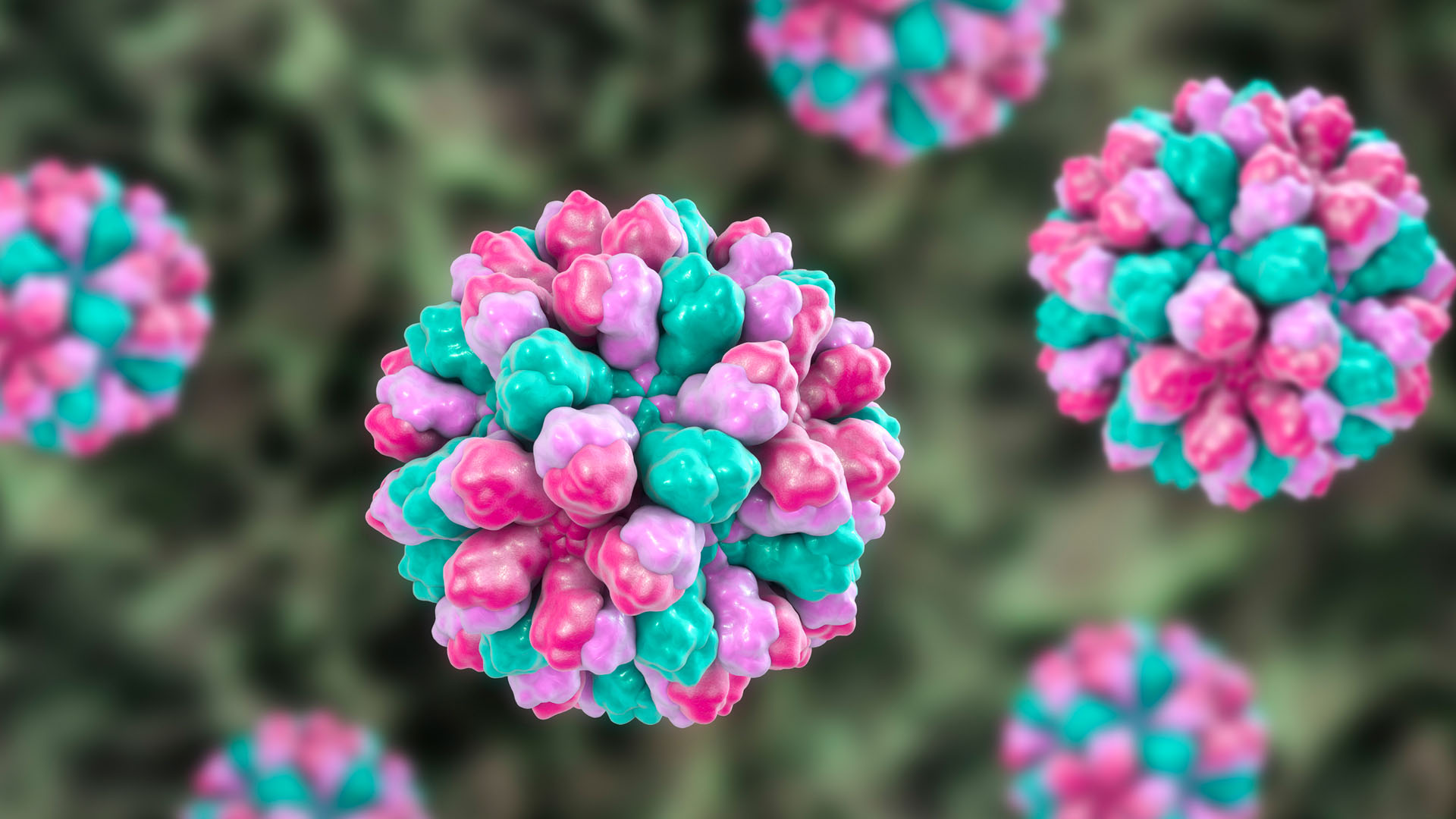Norovirus: Causes, symptoms and treatment
Norovirus, or "winter vomiting bug", is an extremely contagious virus that causes gastrointestinal illness in humans.

Norovirus is a virus that causes vomiting and diarrhea in humans. It is the leading cause of gastrointestinal illness worldwide and across all age groups, according to a 2022 review in the journal Viruses. It is often referred to as "stomach flu" or "winter vomiting bug", however norovirus is not related to pathogens that cause influenza.
Norovirus is notorious for causing major outbreaks on cruise ships and in food outlets. However, the vast majority of infections occur in facilities where there is a high number of immunocompromised people, such as hospitals and hospices. Norovirus is not only highly contagious, but also difficult to treat, researchers noted.
Dr. Lijuan Yuan, a professor of virology and immunology at Virginia Polytechnic Institute and State University in Blacksburg, Virginia, said that norovirus has a very high mutability rate.
"There are at least 30 different genotypes of noroviruses that can infect humans, and new strains are emerging over time," she told Live Science in an email. "Not all cases of norovirus infection are reported or diagnosed, so it's difficult to know exactly how many different strains are currently in circulation," she said.
An estimated 20 million Americans get sick with the virus each year, according to the Centers for Disease Control and Prevention (CDC), and it is blamed for as many as 900 deaths in the United States each year.
How norovirus spreads
Norovirus is transmitted mostly through the fecal-oral route, meaning from feces of an infected individual to the mouth of a susceptible individual. People get infected by ingesting food or drink that's been contaminated, or by touching any contaminated surface, then touching their nose, mouth or eyes. The virus is also aerosolized, or sprayed into the air, when an infected person vomits or flushes a toilet, and can spread when a person inhales the aerosolized virus, according to the CDC.
Norovirus is a very stable pathogen. It can survive for long periods of time on surfaces and in water, even in extremely harsh environments, Yuan said. "In addition, there is a lack of long-term immunity after norovirus infection," she said.
Get the world’s most fascinating discoveries delivered straight to your inbox.

The mechanism of norovirus infection is not fully understood, according to a 2012 review published in The Journal of Infectious Diseases. Norovirus is a relatively simple pathogen — each viral particle carries just nine protein-coding genes. To put this in perspective, humans have about 20,000. However, norovirus can easily bypass the human immune system and instruct gut cells to replicate the viral particles. Within a day, it "rewires" the intestinal lining to dump on their fluids and release the newly-replicated viral load into the environment.
Human norovirus binds to human cells via several specific receptors, such as histo-blood group antigens (HBGA), according to a 2019 review published in the journal Viruses. Studies have identified the presence of HBGA-like substances in many different food surfaces, including palps of shellfish and cell walls, leaves, and veins of lettuce. This could explain why norovirus outbreaks are often food-related, the review researchers noted.
In addition to humans, norovirus can infect a broad range of hosts including livestock, pets, and wild animals like marine mammals and bats. Norovirus may not be restricted to one host and might be able to jump the species barrier, according to a 2019 review published in the journal Viruses.
Symptoms of norovirus
Norovirus symptoms generally begin within a day or two of exposure. The effects include nausea, vomiting, diarrhea, stomach pain and cramps. In some cases, people with norovirus suffer fever, headache, body aches and fatigue. Vomiting or having diarrhea many times a day may also lead to dehydration.
Though these symptoms can be severe, they are usually short-lived, and most people recover within three days, according to the CDC. Only particularly severe cases, usually involving young children, the elderly or people with compromised immune systems, require hospitalization.
Treatment and prevention for norovirus
Currently, there are no specific treatments or vaccines for norovirus infection, Yuan said.
"Most people recover from norovirus without any specific treatment, as the illness is usually self-limiting and runs its course within a few days," she said. "Treatment is typically focused on relieving symptoms such as nausea, vomiting, and diarrhea, and preventing dehydration through oral rehydration therapy."
Despite research efforts, no antiviral medications have been approved to treat norovirus, according to a 2019 review published in the journal Medicinal Research Reviews.
Some success has been achieved with human immunoglobulins given orally to treat norovirus-induced gastroenteritis in immunocompromised patients. The research team at Virginia Tech has also reported that the combination of rice bran and probiotics may strongly protect against human norovirus infection and diarrhea in a pig model. The high protective efficacy of the probiotic cocktail regimens was attributed to stimulation of immune system defenses, Yuan said.
Developing a vaccine for norovirus has proven to be a challenge for several reasons, Yuan said.
"Firstly, norovirus has many different strains, which can make it difficult to develop a vaccine that provides broad protection against all of them," she said. It is also difficult to grow norovirus in a laboratory, which has hindered the development of a live oral or inactivated vaccine, she said.

Careful handwashing and good general hygiene are one of the best ways to prevent a norovirus infection, according to the CDC. Using a hand sanitizer may not be as effective. Eating only foods that have been properly handled and prepared can also help prevent the spread of norovirus. Oysters and other shellfish need to be thoroughly cooked, and the CDC advised these foods should reach an internal temperature of at least 145°F before being served.
People infected with norovirus should abstain from preparing food for others for at least two days after symptoms stop, according to the CDC. They should also carefully wash any potentially contaminated laundry, as well as clean bathroom surfaces and all kitchen areas with a bleach-based solution.
This article is for informational purposes only and is not meant to offer medical advice.

- Anna GoraHealth Writer


